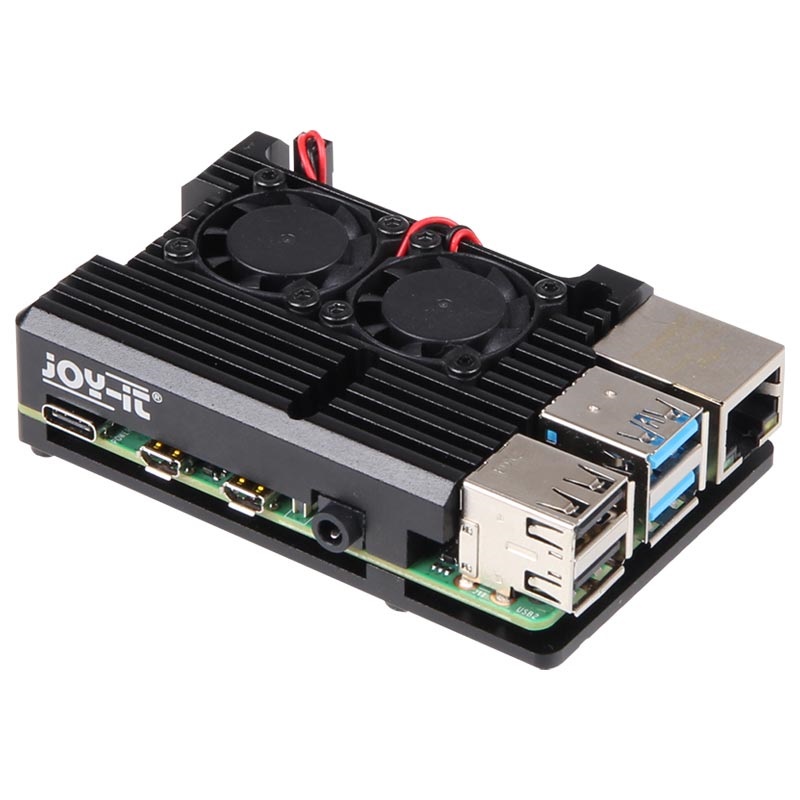

RASPBERRY PI PA SYSTEM BLUETOOTH
The Bluetooth card will be index #1, you can also see the supported profiles (a2dp, hsp, off…) We start by checking that PulseAudio is listing the Bluetooth sound card: Now let’s check that A2DP streaming is working. Go back to Bluetoothctl: Pair, trust and connect your device:Īt this step, you should have you device successfully connected to Raspberry Pi. While scanning, we will kill Bluealsa, and start PulseAudio: Turn ON the headset, for mine I press and hold the button till I see white LED blinking + earcon.Īfter some seconds, you will see the headset name and MAC address (xx:xx:xx:xx:xx:xx) The same steps like in my previous tutorials using bluetoothctl. Now we will connect to the Bluetooth headset (or speaker)

I remind that we need PulseAudio v6 or higher.
RASPBERRY PI PA SYSTEM INSTALL
Sudo apt-get install pulseaudio pulseaudio-module-bluetoothĭpkg -l pulseaudio pulseaudio-module-bluetooth With Raspbian Stretch, PulseAudio is no more installed by default, they are now using Bluez-alsa.Īt the same time, PulseAudio in the repository has now native support of both A2DP and HSP. Power ON Raspberry Pi, set up internet connection, SSH, …etc. Install the image in your SD Card, find more help here: Re-route SCO Bluetooth audio using vendor command.Īs usual, I recommend to start with fresh Raspbian, download it here:.Install latest PulseAudio version for Raspbian Stretch.Connect Bluetooth Headset To Raspberry Pi 3 (A2DP & HSP) ().Connect Bluetooth Headset To Raspberry Pi 3 (AD2P only) ().Connect Bluetooth Headset To Raspberry Pi 3 ().If you want to know more about what was done before, you can check my archives: It took me a very long time to eliminate suspected parts one by one, and come up with the conclusion that we can’t do much more without the support of hardware suppliers. So the main problem wasn’t resolved, HSP that supports audio input wasn’t OK using the combo Wi-Fi/Bluetooth BCM43438. For issue 3, I used a BT-USB dongle that bypassed the internal Bluetooth chip and let me use A2DP and HSP profiles.
RASPBERRY PI PA SYSTEM HOW TO
For issues 1 and 2, I found how to install manually PulseAudio, with code sources, or using Debian backports. In my previous posts, I solved the issues 1 and 2, but I couldn’t find a good solution for 3.



 0 kommentar(er)
0 kommentar(er)
